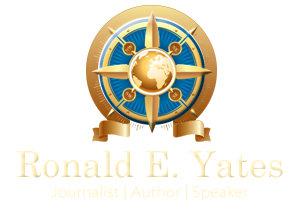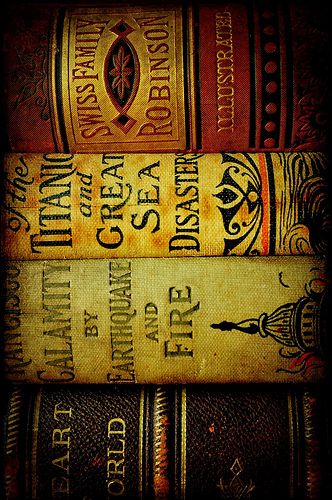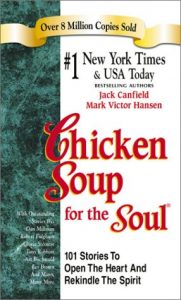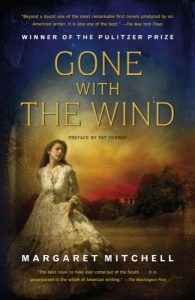I have updated this previously posted story to include the latest numbers and facts about books and the publishing industry. For those who may have missed it the first time around, I hope you enjoy it. For those seeing it for the first time, I hope you will find it eye-opening.
I am a compulsive collector of trivial information, some of which is not as trivial as you might think.
For example, as a writer, the following facts fascinated me about books and publishing–an area that I am primarily focused on because it is critical to my work.
- In 1889, 4,600 book titles were published in America.
- By 1989, 45,000 new book titles were published.
- In 2009–just 30 years later–1.3 million new titles were released in the U.S.
- Today, there are more than 7,000,000 books available for sale–most of them e-books in places like Amazon.
- 57% of all books are not sold in bookstores – they are sold by mail order, online, through book clubs, or in warehouse stores.
- In 2005, 1.2 million book title sales were tracked by Nielsen Bookscan, and only 25,000 titles sold more than 5,000 copies each. Another 950,000 books sold fewer than 99 copies.
- First-time authors write 75% of all new nonfiction books published each year.
- 85% of all new titles published each year are non-fiction, and 15% are fiction.
For those who write for a living (or just for the fun of it) some of that information will be a wake-up call–especially the fact that almost 1 million books published each year via a variety of avenues (e-books, self-publishing, publishing on demand, publishing with small and vanity houses) will sell less than 99 copies.
And that brings me to a topic that I have discussed in previous posts, namely, how even the most successful authors struggled to get their work before the public.
Take Chicken Soup for the Soul, with sales of more than 8 million copies and which subsequently generated a series that includes more than 80 best-selling books. It was rejected by 144 publishers before it was finally published.
Here are a few more of these “no talent” authors.
A Time to Kill by John Grisham was rejected 45 times. Stephen King’s debut novel, Carrie, was declined 30 times. J.K. Rowling’s Harry Potter and the Philosopher’s Stone was rejected – 14 times! And even Gone With the Wind by Margaret Mitchell was declined by 38 publishers.
That tells me that publishers and those who read the manuscripts that fly over their transoms make a lot of mistakes when it comes to judging what makes a good book. Publishers are notorious for turning down books that went on to become bestsellers.
Of course, there is no accounting for taste. For example, what kinds of books do you think are selling the most today?
If you guessed romance and erotica novels, you would be right. Those books top any other genre by far, within fiction. Women make up 90.5% of their readership. Last year, romance novels brought in $1.4 billion in revenue. Mysteries brought in half of that. Classic literary fiction revenue generates barely a third of what romance books earn. I am not a big fan of romance and erotica novels, but I say to those who write them: “good on ya.”
Here’s another fact. The United States has the largest publishing industry in the world. In 2015 the U.S. market was worth just under $35 billion and represented about 26 percent of the total global publishing market. The book publishing industry claimed the largest share of that amount, with revenues totaling almost $34 billion the same year.
And here are some more facts from AuthorEarnings.com, a website for authors, by authors. The Author Earnings report produced by the website takes its data from 7,000 top-selling digital genre titles on Amazon’s category bestseller lists. Here is what it found:
- The Big Five traditional publishers now account for only 16% of the e-books on Amazon’s bestseller lists.
- Self-published books now represent 39% of e-book sales on Amazon’s Kindle Store.
- Indie authors are earning nearly 50% of the e-book dollars going to authors.
- Self-published authors are “dominating traditionally published authors” in sci-fi/fantasy, mystery/thriller, and romance genres but — and here is the surprise — they are also taking “significant market share in all genres.”
In other words, this is not your father’s or grandfather’s publishing world. The options for writers today are almost limitless.
And finally, let me end with a collection of a few more facts that were contained in the most recent Author Earnings Report.
- $2.99 and $3.99 are currently the pricing sweet spots for most e-book bestsellers. In general, authors who price their books modestly earn more than those whose average price is higher, but 99 cents is “no longer the path to riches.”
- Readers prefer longer e-books. Bestselling books tend to be over 100,000 words. This came as a big surprise to us.
- Series books outsell standalone books — but series books under 50,000 words are at a sales disadvantage.
- Free still works as a marketing tool, especially when an author offers the first book in a series for free. Still, it is much less useful than before — primarily because so many authors are taking advantage of it.
- Pre-orders give authors a sales advantage. “I think pre-orders today are where free was five years ago,” says Mark Coker, founder of e-book distributor Smashwords. “The first authors to effectively utilize pre-orders will gain the most advantage, just as the first authors to enter new distribution channels gain the most advantage,” he says.
- Non-fiction earns more at higher prices. That was a real shocker for me. “Non-fiction buyers are less price-sensitive,” says Coker. “It appears as if most non-fiction authors are under-pricing their works, and they should experiment with higher prices,” he says.
So what are the lessons you can learn from all of these facts? Well, for one thing, you don’t have to drown in rejection slips from traditional publishers. You can publish your book yourself as an independent author, or you can choose to publish an e-book via Amazon, Createspace, Smashwords, or any number of other organizations that publish e-books.
The world of book publishing is changing at warp speed. There is no need to be left behind. However, if you choose to forgo the traditional publishing route, be prepared to spend countless hours marketing your work via a variety of avenues.
But that is a topic for another day.




